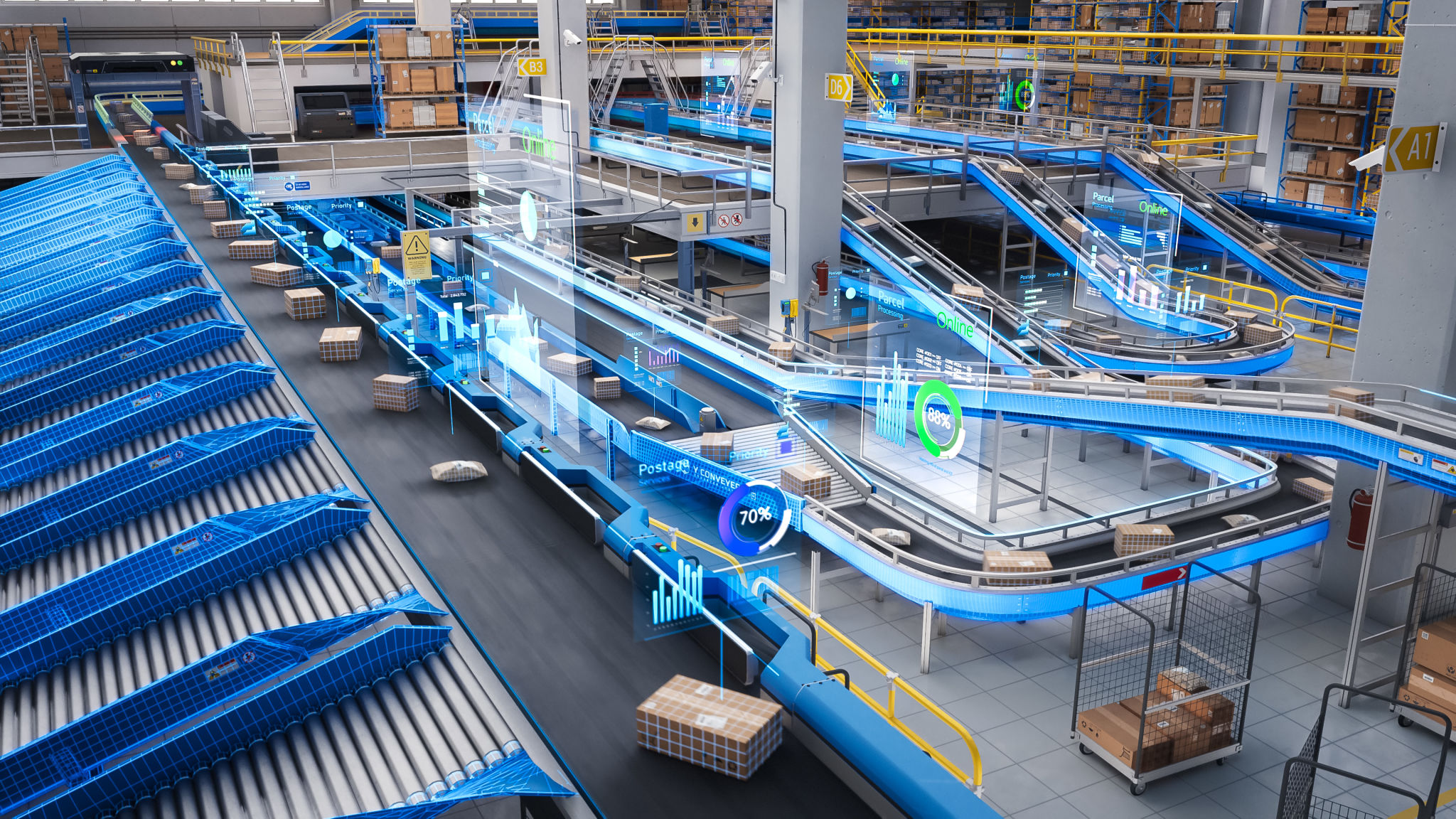Case Study: Enhancing Material Handling Systems Through Virtual Sensors
JM
Introduction to Virtual Sensors
In the rapidly evolving world of industrial automation, the integration of virtual sensors has emerged as a groundbreaking advancement. Virtual sensors are software-based tools that estimate measurements by processing data from multiple physical sensors. They offer a cost-effective and scalable solution for enhancing material handling systems, ultimately leading to improved efficiency and performance.

The Need for Enhanced Material Handling Systems
Material handling systems are the backbone of manufacturing and distribution industries. As businesses strive to increase productivity and reduce costs, optimizing these systems has become a priority. Traditional approaches often involve costly upgrades or replacements of physical components. However, virtual sensors provide an innovative alternative by leveraging existing infrastructure to deliver enhanced insights and control.
By integrating virtual sensors, companies can achieve real-time monitoring and analysis of their material handling processes. This leads to better decision-making and the identification of inefficiencies that can be addressed to improve overall system performance.

How Virtual Sensors Work
Virtual sensors operate by collecting data from existing physical sensors and applying algorithms to generate estimates of parameters that are not directly measurable. This can include variables such as temperature, pressure, or flow rates in complex systems. The ability to gather and analyze this data in real-time allows for a deeper understanding of the material handling environment.
The implementation of virtual sensors involves several key steps:
- Data Collection: Gathering information from physical sensors already installed in the system.
- Data Processing: Utilizing advanced algorithms to process and interpret the collected data.
- Estimation: Generating estimates for parameters of interest that are not directly measured.
- Feedback: Providing actionable insights to optimize system performance.
Case Study: Success in Implementation
A leading logistics company recently implemented virtual sensors in their material handling operations with remarkable results. By incorporating virtual sensors, they were able to monitor equipment health in real-time, predicting potential failures before they occurred. This proactive approach significantly reduced downtime, improved maintenance scheduling, and led to substantial cost savings.

The company saw a notable increase in efficiency as virtual sensors provided deeper insights into the flow and handling of materials. This allowed them to streamline processes, optimize resource allocation, and ultimately enhance overall productivity.
Benefits of Virtual Sensors in Material Handling
The advantages of utilizing virtual sensors in material handling systems are numerous:
- Cost-Effectiveness: Leveraging existing infrastructure reduces the need for expensive physical upgrades.
- Scalability: Easily adaptable to changes in system requirements or expansions.
- Real-Time Monitoring: Provides continuous insights into system performance, allowing for immediate corrective actions.
- Improved Decision-Making: Enhanced data analytics lead to more informed decisions and strategic planning.
Challenges and Considerations
While the benefits are significant, there are challenges associated with implementing virtual sensors. These include ensuring data accuracy, managing large volumes of data, and integrating with existing systems. Companies must also consider the upfront investment in software and training required to effectively use virtual sensor technology.

Despite these challenges, the long-term gains in efficiency and cost savings make virtual sensors an attractive option for companies looking to optimize their material handling systems.
Conclusion
The integration of virtual sensors into material handling systems represents a significant step forward in industrial automation. By providing real-time insights and enhancing system efficiency, virtual sensors empower businesses to optimize their operations without the need for costly physical upgrades. As technology continues to advance, the role of virtual sensors in transforming material handling systems will undoubtedly expand, offering even greater opportunities for innovation and growth.
For companies seeking to stay competitive in today’s fast-paced industrial landscape, embracing virtual sensor technology is not just an option—it’s a strategic necessity.
